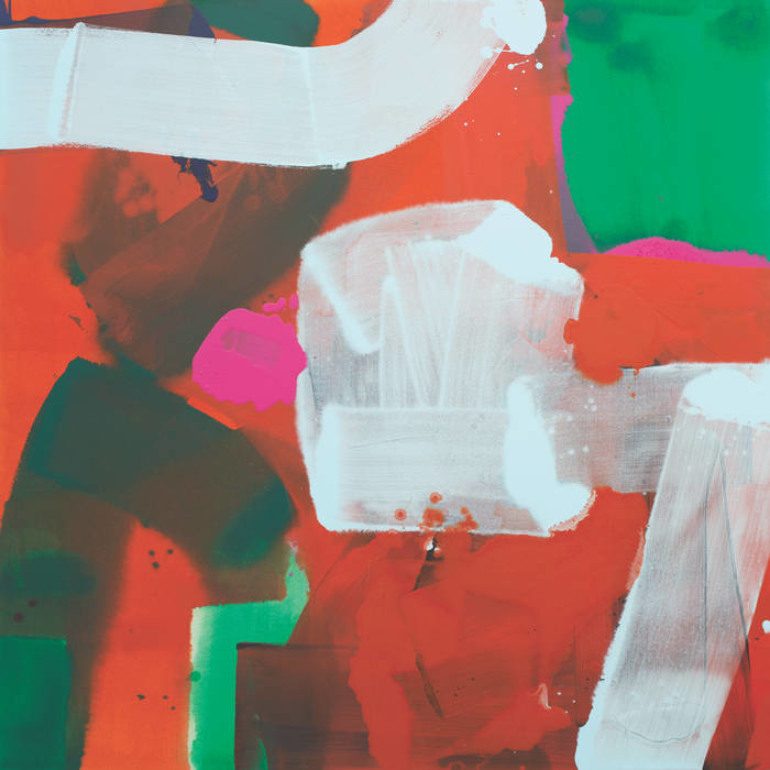

Art Above Music
Rock and Roll Hall of Famer and Radiohead drummer Philip Selway is crafting art from music with his third studio album, Strange Dance. The soaring soundscapes created by Selway and his star-studded cast of collaborators are undeniably brilliant, but may be too esoteric for the average listener.
Selway began his solo career in 2010 after accumulating a collection of songs he had written that didn’t fit Radiohead. Known for being a human metronome, Selway decided not to drum on the album, citing lack of practice and being in a different mindset. Instead he enlisted avant-garde percussionist Valentina Magaletti, among several other acclaimed musicians.
Other contributors to Strange Dance include English music producer Hannah Peel, Portishead guitarist Adrian Utley, and the Italian mixer and recording engineer Marta Salogni. The collaborative environment Selway facilitated was deliberate. “I guess that’s been a feature of my musical life,” Selway said in an interview. “There’s something very rich in finding those musical relationships.”
Of the album title, Selway said in an interview, “it kind of refers to the balancing act that we all do throughout life, particularly at this stage of life, where you’ve kind of got all these contrasting feelings, stuff that almost feels irreconcilable, and it’s like a strange dance that you do, contorting yourself, trying to pull it all together.”
The listener may find that meaning in the album, they may find a different meaning, or they may find no meaning at all. Listening to Strange Dance is like walking through an art exhibit.
According to an interview with Selway, his vision for the album was “a Carole King record if she collaborated with Daphne Oram.” The influence of Daphne Oram is apparent in the experimental-sounding synths and electric percussion, but the album lacks the warmth of Carole King.
Selway’s hushed, almost hesitant vocals are barely buoyed by the waves of strings, pianos, synths, xylophones and guitars (in that order). The superposition of these waves is mostly constructive, but it is destructive on the title track, creating so much dissonance that it’s difficult to get through the song.
The soundscapes and deceptively simple lyrics on Strange Dance vaguely resemble the music of M83, but the album doesn’t reach the same heights. The album would be an exceptional, even prizeworthy soundtrack for an indie or arthouse film where the lyrics matter less than the emotional landscape painted by the song. However, as a standalone piece, it feels austere.
The artwork for the album is part of a series of impressionistic paintings that abstract painter Stewart Geddes created in the studio while Selway and company were recording. Both the art and music were exhibited in a gallery at Cromwell Place in London earlier this month which was perhaps the only opportunity to fully experience and appreciate the album the way it was intended. Listeners who were not one of those lucky few may choose to view the online gallery of Geddes’ works or may be inspired to create their own artwork while listening to the album.
Strange Dance is more art than rock and roll, so it is likely to appeal more to art aficionados than music fans. While the album is less accessible than Selway’s other works, it is a masterpiece no less. If listeners can see the album as art instead of music, they are likely to appreciate it just the same.
